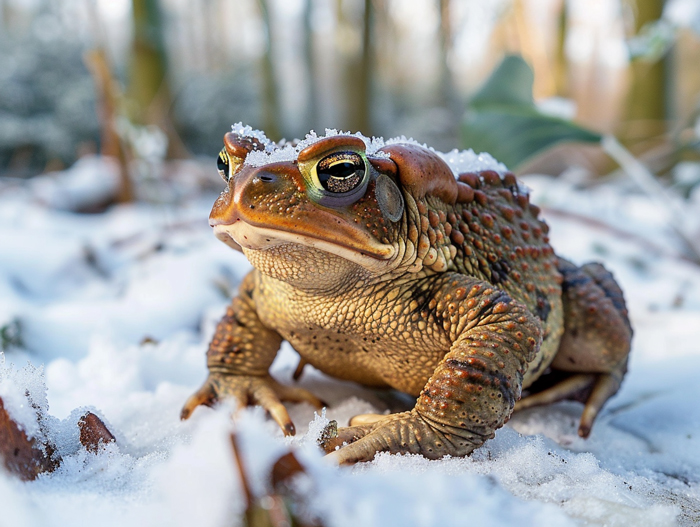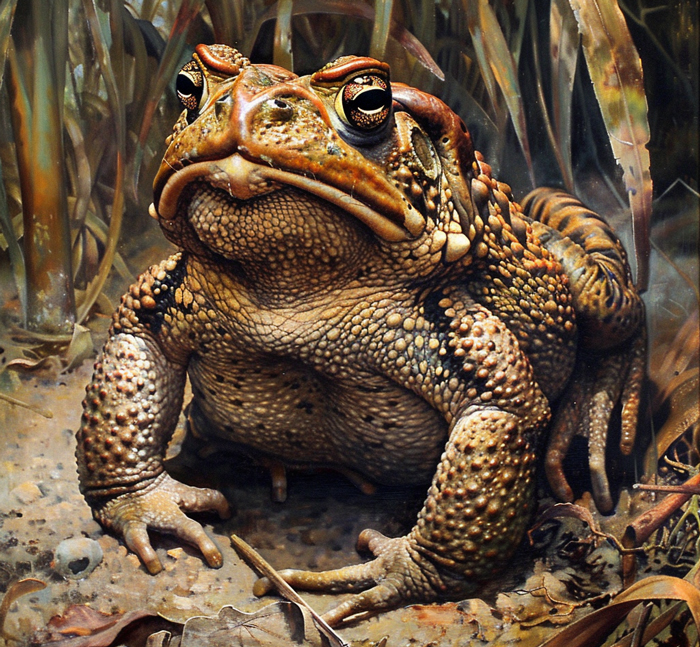Curious about where toads disappear to during the winter months? It’s a fascinating mystery that many have pondered. As the temperatures drop and snow blankets the ground, you might wonder where these amphibians seek refuge. Do they hibernate underground or migrate to warmer climates? Understanding the winter habits of toads can provide insight into their survival strategies. Join us as we investigate into the intriguing world of toads and uncover the secrets of their winter whereabouts.
Key Takeaways
- Toads hibernate during winter to conserve energy and survive harsh conditions.
- They seek sheltered locations like underground burrows or beneath logs for hibernation.
- Temperature, habitat loss, and food availability are critical factors affecting toad hibernation.
- Studying migration patterns through techniques like radio tracking and citizen science provides valuable insights into toad behavior.
- Toads migrate based on temperature changes, water availability, and food supply.
- Understanding toad hibernation and migration patterns is essential for conservation efforts and environmental protection.
Where Toads Go in the Winter

Hibernation as a Survival Strategy
- Toads are adept at hibernating during the winter months.
- Hibernation allows toads to conserve energy and survive harsh conditions.
Finding Suitable Hibernation Spots
- Toads seek sheltered locations such as underground burrows or beneath logs.
- Moist environments are crucial for their survival during hibernation.
- Toads exhibit reduced activity and metabolic rate in response to colder temperatures.
- Seeking warmth becomes a priority for toads during the winter months.
Factors Affecting Toad Hibernation

Temperature and Weather Conditions
Toads’ hibernation is influenced by temperature fluctuations. During winter, they seek shelter in underground burrows or beneath debris to stay warm. Cold snaps can disrupt their hibernation, causing them to adjust their locations for better insulation.
Habitat Loss and Human Impact
Habitat loss due to urbanization and pollution can affect toads’ hibernation. Destruction of their natural habitats forces them to find alternative sites, making it challenging to maintain optimal hibernation conditions. Human disturbances can also startle toads, leading to unnecessary movement and energy expenditure during hibernation.
Availability of Food Sources
The availability of food sources before and after hibernation influences toads’ survival. Adequate food reserves built up before hibernation are crucial for maintaining energy levels during the dormant period. Limited food options post-hibernation can impact their recovery and overall health.
Your understanding of these factors will enhance your knowledge of toad hibernation habits and contribute to their conservation and well-being.
Studying Toad Migration Patterns
When researching toad migration patterns, scientists employ various methods to track these fascinating journeys. By studying these patterns, researchers can gain valuable insights into toad behavior and ecology.

Key Techniques:
- Radio Tracking: Scientists attach small radio transmitters to toads to monitor their movements accurately.
- Pit Tagging: Tiny microchips are implanted under the skin of toads, enabling researchers to identify and track individuals.
- Citizen Science: Enthusiastic individuals contribute data by reporting toad sightings, helping create a broader understanding of migration routes.
- Temperature: Toads often migrate to seek warmer or cooler environments based on seasonal changes.
- Water Availability: Migration may be influenced by the need for suitable breeding sites and water sources.
- Food Supply: Toads seek areas with abundant food resources to sustain them during migration.
Embarking on a journey to unravel the mysteries of toad migration can provide crucial information for conservation efforts and environmental protection. Tracking these patterns allows us to appreciate the complexity of nature and the incredible adaptations of these amphibious creatures.
Conclusion
Monitoring toad migration patterns through techniques like radio tracking and citizen science offers valuable insights into their behavior and ecology. Factors such as temperature, water availability, and food supply play crucial roles in influencing toad movements. By understanding these patterns, we can contribute to conservation efforts and environmental protection. The intricate nature of toad migration reveals the fascinating adaptability of these amphibious creatures. By studying their movements, we gain a deeper appreciation for the complexity of nature and the importance of preserving their habitats.

Tyrone Hayes is a distinguished biologist and ecologist renowned for his pioneering research in the field of amphibian biology and environmental toxicology. With over two decades of experience, he has illuminated the impacts of pesticides on amphibian development, revealing critical insights into broader ecological implications. Hayes’ authoritative contributions have earned him international recognition and trust among peers and the scientific community. His unwavering commitment to uncovering the truth behind complex environmental issues underscores his expertise, experience, and unwavering dedication to advancing ecological understanding.
